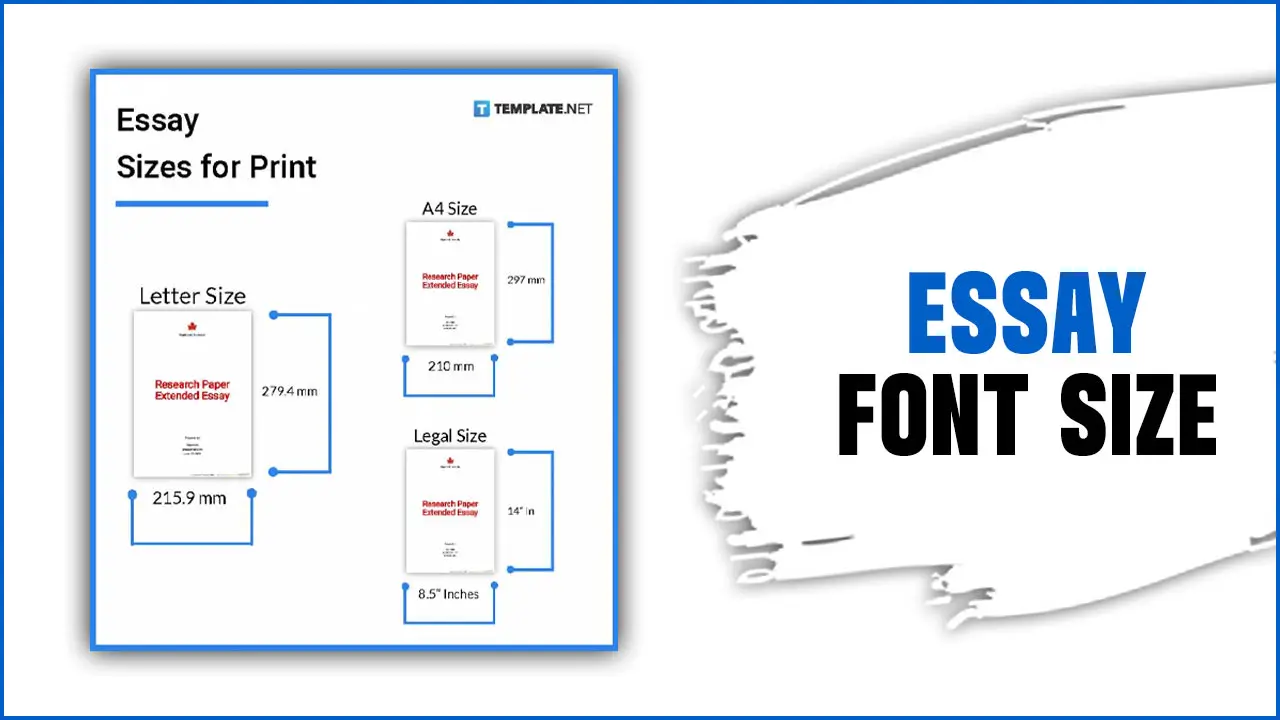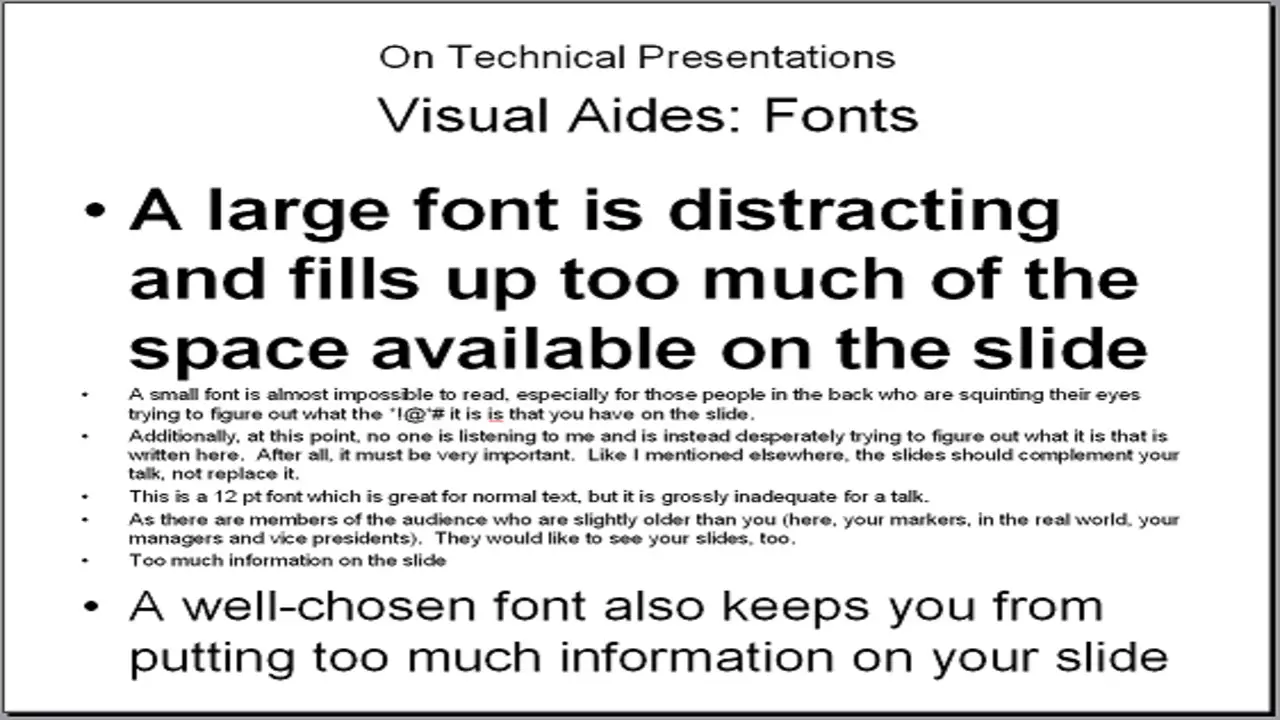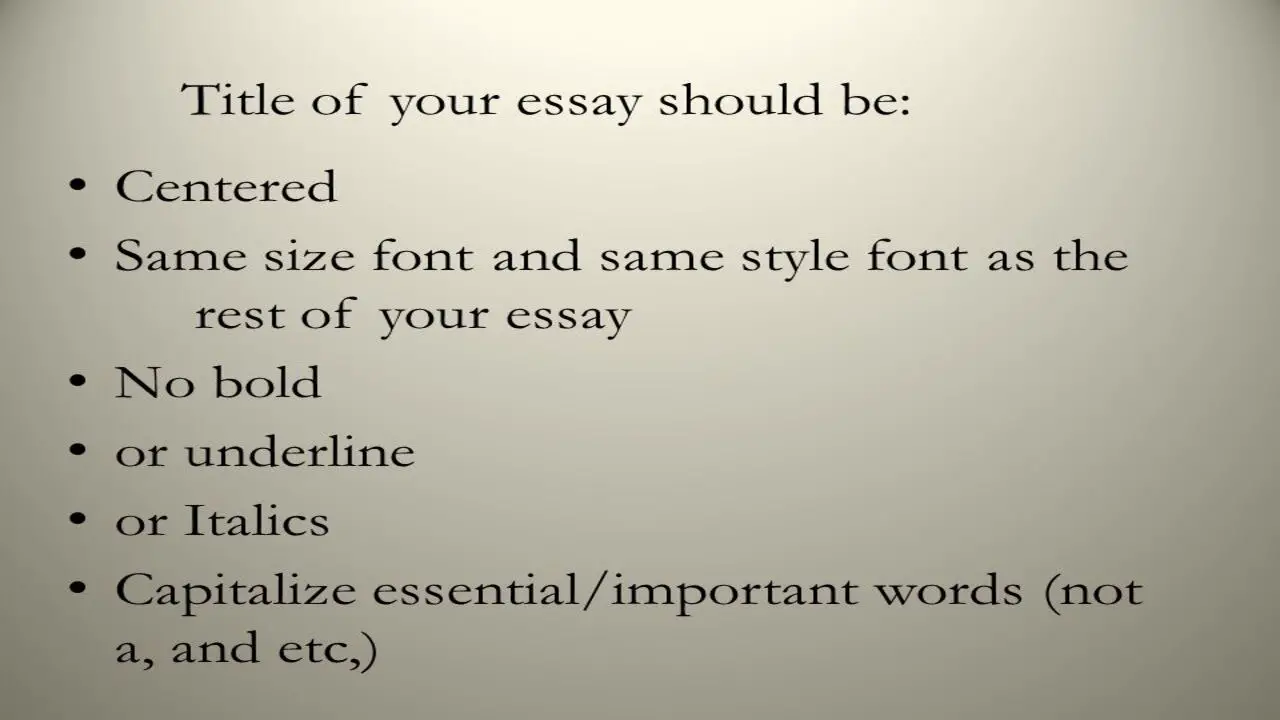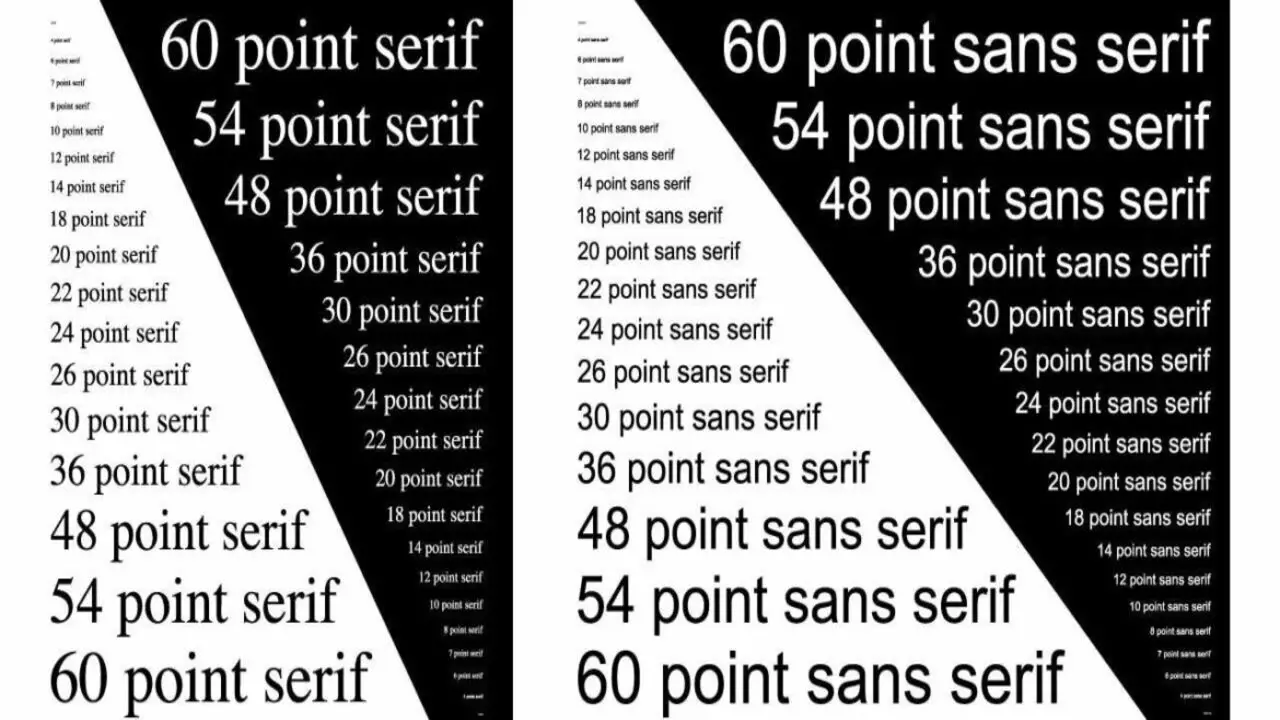When choosing the font size for your essay introduction, balancing readability and aesthetics is important. A commonly used font size for essays is 12 points, as it provides clear and legible text.
This site allows readers to easily follow your writing without straining their eyes. However, Font size might seem like a small detail, but it can have a big impact on the readability and overall quality of your work.
We will explore the importance of essay font size and how it can affect the clarity of your text. We will also discuss choosing the right font for your essay, considering factors such as legibility and professionalism. Additionally, we’ll delve into the impact of font size on readability and provide tips on determining the ideal font size for your specific needs.

Understanding The Importance Of Essay Font Size

Font size is a critical factor that significantly affects the readability and comprehension of an essay. By choosing the right font size, you can enhance the overall clarity of your text and make it easier for readers to understand your message. While the standard font size for essays is usually 12 points, it’s important to consider your instructor’s or institution’s specific requirements.
Different fonts may require different font sizes to maintain optimal readability, so choosing a font size that maximizes legibility is essential. It’s also worth noting that adjusting line spacing can further improve the readability of your essay. By carefully considering these factors, you can ensure that your essay font size is clear and easy to read.
Choosing The Right Font For Your Essay

Choosing the right font for your essay may seem like a small detail, but it can have a big impact on your work’s overall appearance and readability. For font size, it is important to strike a balance between readability and professionalism. Most academic institutions recommend using a standard font, such as Times New Roman or Arial, with a font size of 12pt.
This size allows for easy reading without appearing too large or too small. However, it is always best to check with your instructor or institution for any specific guidelines they may have regarding font size.
Factors To Consider When Selecting A Font For Your Essay
When selecting a font for your essay, several important factors must be considered. One of the primary considerations is readability – you want to choose a font that is easy to read and doesn’t strain the eyes. Stick to standard fonts like Times New Roman or Arial for a professional look.
Regarding font size, it is generally recommended to go with a size between 10-12 points, which is neither too small nor too large. Avoid using decorative or ornate fonts, which can be challenging to read in longer texts. It’s also a good idea to test the font and size by printing or previewing your essay to ensure clarity and legibility on different devices and mediums.
The Impact Of Font Size On Readability

Regarding writing essays, the font size you choose can significantly impact your work’s readability. Selecting an appropriate font size is crucial in ensuring your essay is easy to read and understand. Generally, a standard font size of 12 points is recommended for academic writing because it strikes a balance between being legible and not taking up too much space on the page.
However, it’s important to consider the specific guidelines provided by your instructor or institution, as they may have different requirements. Ultimately, the goal is to choose a font size that allows your readers to comfortably engage with your essay without straining their eyes or feeling overwhelmed by excessive text.
How To Determine The Ideal Font Size For Your Essay
It is crucial to consider several factors to determine the ideal font size for your essay. Firstly, prioritize clarity and legibility by choosing a readable font size. The font style, such as serif or sans-serif, should be easy on the eyes. Stay away from ornate or excessively stylized fonts that hinder readability. Additionally, pay attention to the spacing between lines and letters to guarantee clear text. Consistency in font size throughout your essay will provide a polished look.
Ensuring Optimal Spacing In Your Essay
There are a few key considerations to remember when it comes to ensuring optimal spacing in your essay. First and foremost, selecting the right font size is essential. Avoid using an overly small or large font size, which can negatively impact readability. Stick to a standard font size, such as 12-point Times New Roman or Arial, to balance legibility and professionalism. In addition to font size, pay attention to line spacing.
Adjust it accordingly to ensure adequate spacing between lines of text, avoiding overcrowding. Regarding paragraph spacing, create visual breaks between paragraphs to improve readability and organization. Incorporating headings and subheadings is another effective strategy for organizing your essay’s content and facilitating easy navigation. Finally, proofread your essay for any formatting issues or font size and spacing inconsistencies.
Creating Clear Headings In Your Essay
Creating clear headings in your essay is an important aspect of formatting and organization. The font size you choose for your headings should be consistent throughout your essay to maintain a cohesive and professional appearance. Generally, it is recommended to use a slightly larger font size for headings compared to the body text.
This helps to differentiate the headings and make them stand out on the page. A common practice is using a font size one or two points larger than the body text. However, it is important to follow any specific guidelines your instructor or institution provided regarding font sizes for headings in your essay.
Conclusion
The font size of your essay plays a crucial role in ensuring clear and legible text. It impacts the readability of your content and can make a significant difference in how your readers perceive and understand your writing. By choosing the right font and determining the ideal for your essay font size , you can enhance the overall reading experience. Additionally, paying attention to spacing and creating clear headings will further improve the organization and clarity of your essay.
However, it is also important to consider the specific guidelines provided by your instructor or institution, as they may have their preferred font and size requirements. Ultimately, the goal is to choose a font size that allows your essay to be easily read and understood by your audience.
Frequently Asked Questions
What Is The Proper Font For An Essay?
For an essay, it is recommended to use a legible font like Times New Roman, Arial, or Calibri. The font size should be 12pt for easy reading. Avoid using decorative or script fonts as they can hinder readability on-screen and print.
What Is The Standard Size Of The Essay?
The standard font size for an essay is typically 12 points, ensuring readers’ readability. It’s important to follow any formatting guidelines your instructor or institution provides. Adjustments to the font size may be needed if there are requirements for page limits or word counts.
How Can I Make My Font Size Bigger?
Use the formatting options in your word processing software to increase the font size. Select the text and choose a larger font size from the dropdown menu or use keyboard shortcuts like “Ctrl” and “+” on Windows or “Command” and “+” on Mac. Avoid making it excessively large to maintain readability.
Why Does My Essay Font Size Look Different On Every Computer?
The appearance of font size can vary on different computers due to screen resolution, display settings, and software differences. Use a standard font size and test readability on multiple devices to ensure consistency. Consider converting your essay to PDF format for a consistent visual appearance when sharing.
How Can I Adjust The Font Size To Optimize Readability Without Compromising The Word Count?
To optimize readability without compromising word count, select a font size that is easily readable but doesn’t significantly increase the word count. Experiment with different sizes to find the right balance. Adjust formatting elements like line spacing or margins to accommodate larger text without lengthening the essay. Choose clear and legible fonts that are easily read, even in smaller sizes, like Arial or Times New Roman.

David Egee, the visionary Founder of FontSaga, is renowned for his font expertise and mentorship in online communities. With over 12 years of formal font review experience and study of 400+ fonts, David blends reviews with educational content and scripting skills. Armed with a Bachelor’s Degree in Graphic Design and a Master’s in Typography and Type Design from California State University, David’s journey from freelance lettering artist to font Specialist and then the FontSaga’s inception reflects his commitment to typography excellence.
In the context of font reviews, David specializes in creative typography for logo design and lettering. He aims to provide a diverse range of content and resources to cater to a broad audience. His passion for typography shines through in every aspect of FontSaga, inspiring creativity and fostering a deeper appreciation for the art of lettering and calligraphy.

